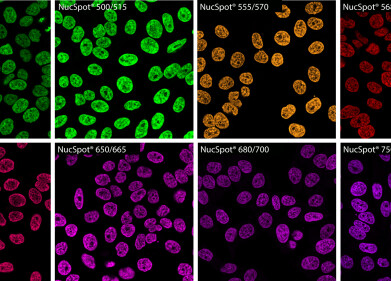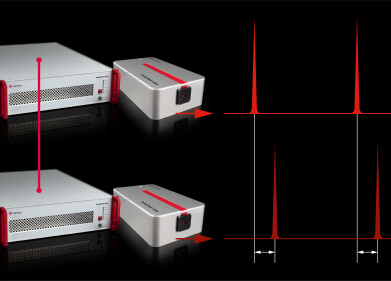Microscopy & Microtechniques
Is There Another Organ in the Human Body?
Jan 09 2017
Eyes, ears, mouth, nose…
For the most part, it’s generally accepted that the human body is made up of 79 organs. Though in the wake of an exciting yet somewhat gruesome new discovery, scientists are claiming that they’ve honed in on a new organ that resides within every human body. Newly classified, the organ is hidden in the abdomen. It’s been fittingly named the mesentery, a name that refers to its position in the middle of the intestines.
New organ flies under the radar for centuries
While the discovery reimagines the definition of the human body, it’s not the first time the mesentery has been observed. Leonardo da Vinci once referenced the organ as a series of separate structures, though it wasn’t until 2012 that scientists began to question whether or not it was a single entity.
Using complex microscopy technology, a team from the University of Limerick has now confirmed that the structures are interconnected, and form a bona fide organ. Following the discovery, the mesentery has now been added to the iconic Gray’s Anatomy textbook. The team announced their find in the Lancet Gastroenterology & Hepatology journal, accompanied by a detailed description of the complex organ.
“In the paper, which has been peer reviewed and assessed, we are now saying we have an organ in the body which hasn’t been acknowledged as such to date,” comments Calvin Coffey, a professor of surgery at the University of Limerick, and coordinating author of the study.
Unravelling the mesentery mystery
So what does the organ do? At first glance, it appears to support the intestines attached to the abdominal wall. Though scientists suspect that as well as a supportive function, the mesentery also serves an additional purpose. Exactly what this is, is yet to be confirmed.
“We have established anatomy and the structure. The next step is the function,” adds Coffey. “If you understand the function you can identify abnormal function, and then you have disease. Put them all together and you have the field of mesenteric science…the basis for a whole new area of science.”
New technologies are continually contributing to medical innovations. ‘Flash-and-freeze Electron Microscopy – Adding Motion to Electron Micrographs’ introduces a novel technique being used to visualise membrane dynamics. Almost instantaneously, the ‘flash and freeze’ method allows scientists to induce particular cellular activity and capture membrane trafficking events at defined time points, after the induction.
Digital Edition
Lab Asia 31.6 Dec 2024
December 2024
Chromatography Articles - Sustainable chromatography: Embracing software for greener methods Mass Spectrometry & Spectroscopy Articles - Solving industry challenges for phosphorus containi...
View all digital editions
Events
Jan 22 2025 Tokyo, Japan
Jan 22 2025 Birmingham, UK
Jan 25 2025 San Diego, CA, USA
Jan 27 2025 Dubai, UAE
Jan 29 2025 Tokyo, Japan



















